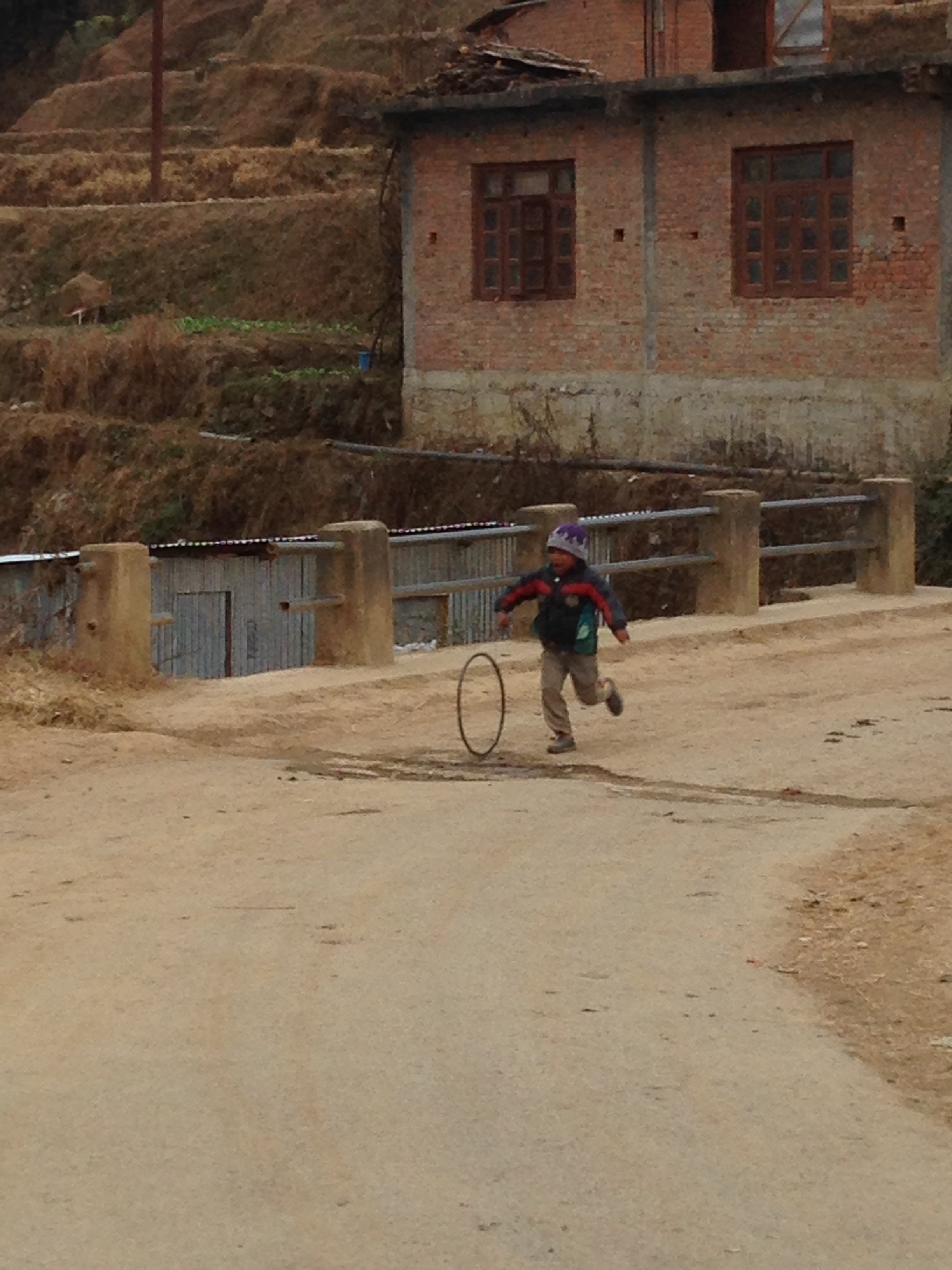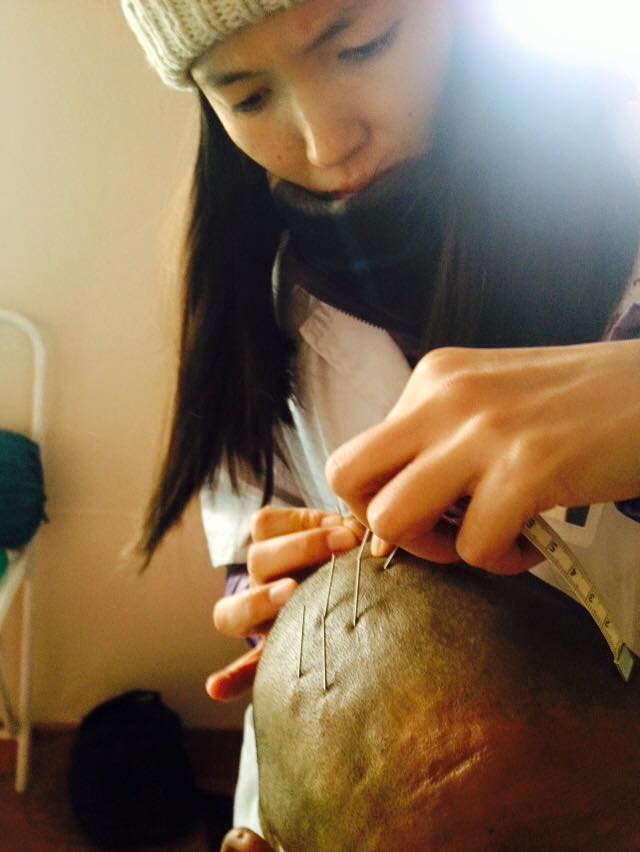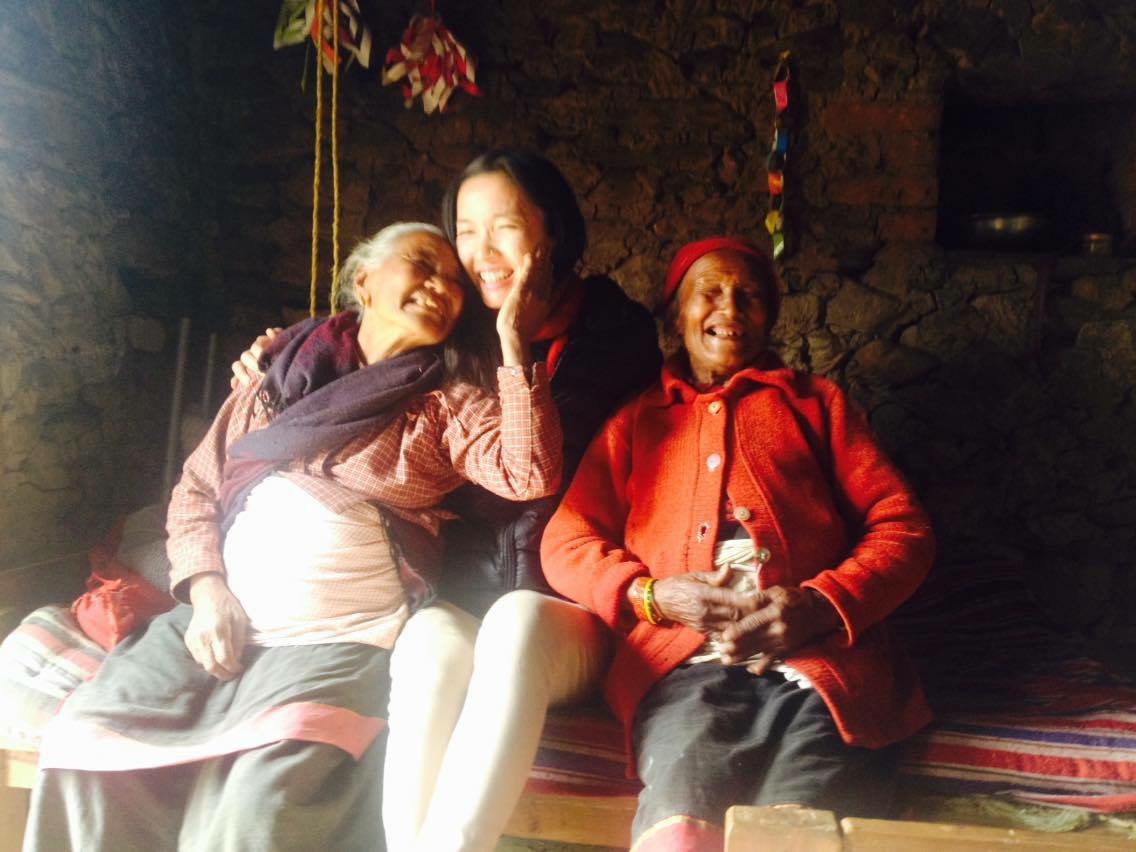
Winter – the season to rest
WHILE MOST PARTS OF THE WORLD MARK THEIR SEASONS BY SOLSTICE AND EQUINOX DATES, IN AUSTRALIA, IT IS GENERALLY ACCEPTED THAT SEASONS BEGIN ON THE FIRST OF THE APPROPRIATE MONTH. THEREFORE WINTER BEGINS ON THE FIRST OF JUNE, SPRING ON THE FIRST OF SEPTEMBER, AND SO ON. THIS TRADITION TRACES BACK TO THE EARLY DAYS OF THE COLONY IN SYDNEY WHEN NSW CORPS CHANGED INTO WINTER UNIFORMS AT THE BEGINNING OF THE MONTH (LOMB, 2013).
The Chinese solar calendar, however, calculates the changes of seasons by measuring the angle of the sun. The winter solstice is taken to be the peak of winter when the sun casts the longest shadow on the shortest day of the year. Hence counting backwards, the first day of winter this year fell approximately on the 5th of May.
With the weather changes, we are seeing an increase in patients with coughs, colds, blocked and running noses, asthma, and more aches and pains, as the peripheral blood vessels start to constrict to retain heat in the core of the body.
HOW SHOULD WE BE GEARING OURSELVES UP TO KEEP HEALTHY IN WINTER?
Think what animals do in nature. While we don’t have the luxury of hibernation in this modern lifestyle, we can still follow the flow of the season by slowing down, resting more, conserving our body heat and energy.
Food: Eat food that are warming and nourishing. Stews, casseroles, soups are lovely in winter. Consume more red meat, as these are warm in nature, and help maintain our body temperature. Ginger is a great food to warm within, and to improve blood circulation to the hands and feet. Avoid consuming anything cold as these further reduces the core body temperature and impedes digestion.
Clothing: Start putting on long sleeves and long pants, as a lot of body heat is lost through the skin. Keep neck and shoulders covered, as the upper body is most susceptible to the cold wind. Keep feet covered against the cold seeping up from the ground. Keep lower back warm and covered as the kidneys are the organs most affected by the winter cold.
Exercise: Engage in gentle and mindful exercises that are aimed at stretching the muscles and building core strength. Avoid excessive sweating as it promotes loss of body heat. If you are an avid runner even in winter, keep your knees and calves covered. The protection from cold air will maintain blood circulation to the joints and muscles, thus preventing stiffness and injury. This will ensure a spring in your sprint in the next season.
Turn inwards: As the leaves fall and the trees turn bare, that is essentially the trees’ innate ability to conserve its energy. By shedding its leaves, the tree minimise loss of moisture and heat, thus preserving its main trunk and roots. Taking our cue from the trees, winter is the time to turn inwards. Calm our minds, review lessons in the past year, seek resolution within. Have some quiet time to understand ourselves. Meditate. Ground. Cultivate stillness. Feel. Watch. Trees are not just sleeping in winter. They are extending their roots beneath the ground. Animals huddle together. Reconnect with friends, or family. Face-to-face. Heart-to-heart. Not social media. This is the time to nurture relationships.
References
Lomb, N. 2013. The start of winter in Australia and temperatures in Sydney. Retrieved from:http://www.sydneyobservatory.com.au/2013/the-start-of-winter-in-australia-and-temperatures-in-sydney/.







